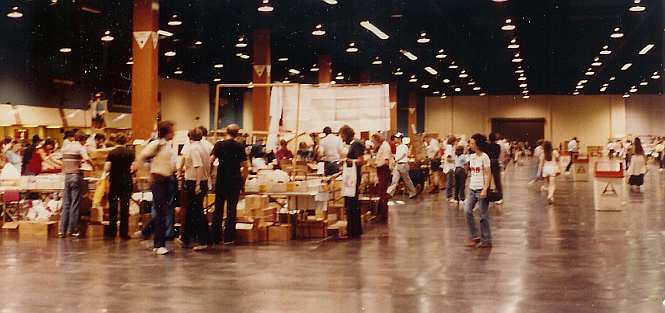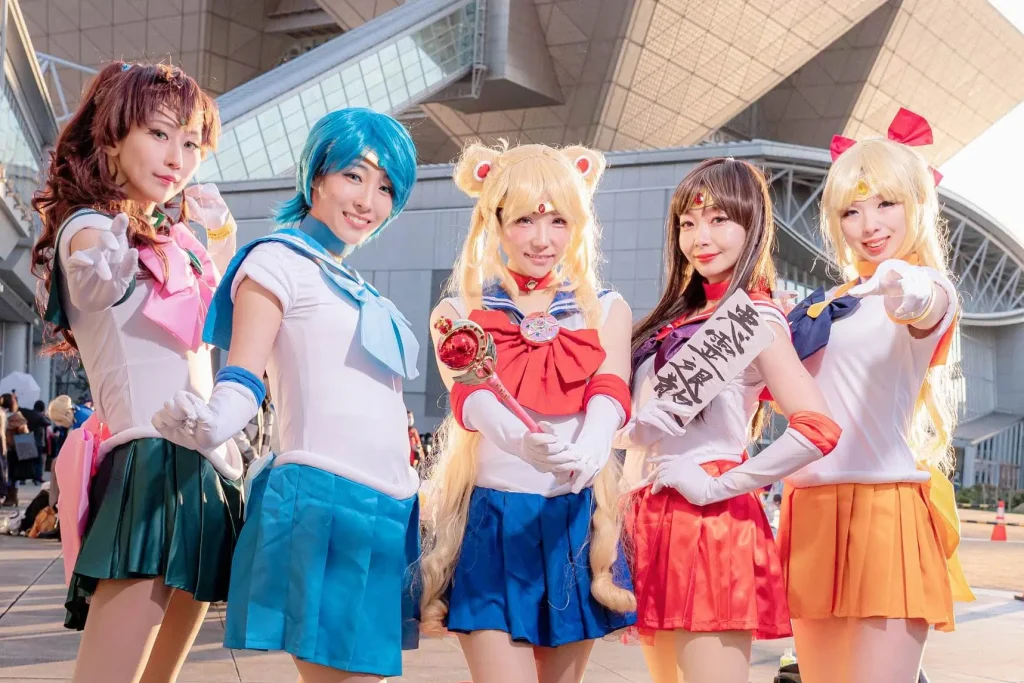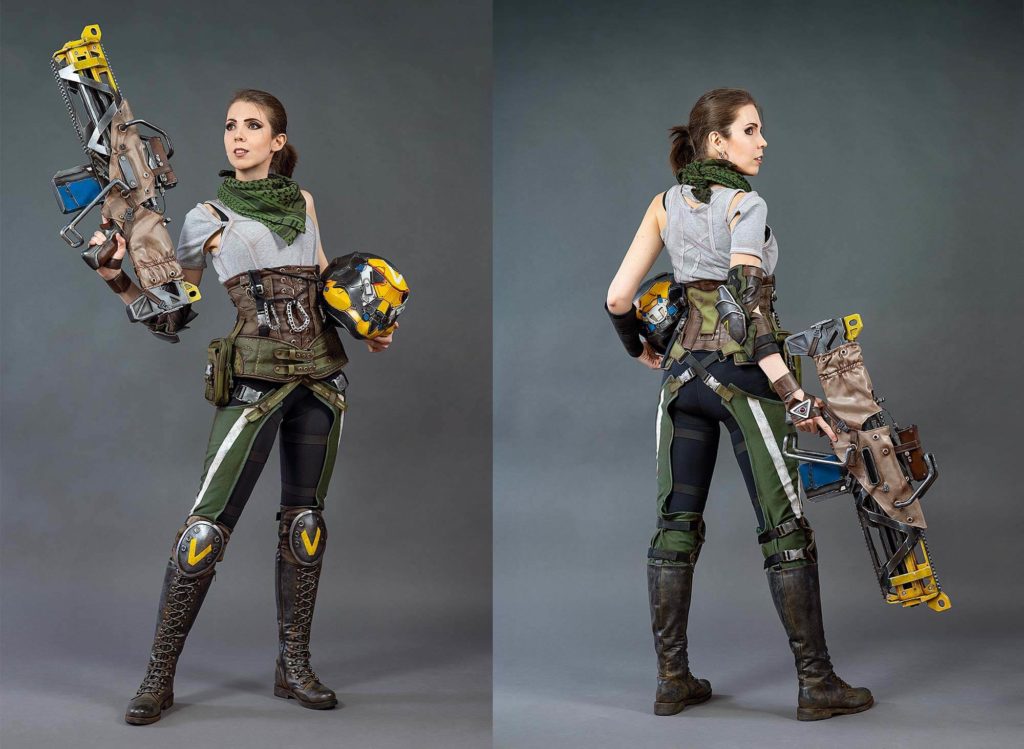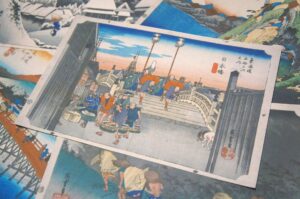Cosplay, short for “costume play,” has become a significant cultural phenomenon with millions of participants worldwide. This article delves into the origins of cosplay, examining how it began, the cultural factors that contributed to its growth, and its evolution into the diverse and creative practice it is today. From its early days at Japanese conventions to its current global influence, we explore the key milestones and figures that have shaped cosplay into the vibrant community it is now.
The Early Beginnings of Cosplay
The concept of cosplay can be traced back to the early 20th century, with one of the first recorded instances occurring at the 1939 World Science Fiction Convention in New York City, where fans dressed as characters from science fiction films. However, its modern form originated in Japan during the 1970s, where the practice gained momentum at sci-fi conventions like Nihon SF Taikai. Attendees began dressing as their favorite characters from emerging anime and manga series, marking the beginning of cosplay as we know it today. It was in the early 1980s, with the rise of iconic series like Mobile Suit Gundam and the establishment of events like Comic Market, that cosplay truly began to take shape as a distinct phenomenon, deeply intertwined with Japanese pop culture.

The term “cosplay” itself was coined by Nobuyuki Takahashi, a Japanese reporter, after attending the 1984 World Science Fiction Convention (Worldcon) in Los Angeles. Impressed by the elaborate costumes worn by fans, Takahashi combined the words “costume” and “play” to create “cosplay,” a term that quickly caught on in Japan and eventually around the world.
Cosplay initially thrived at Japanese conventions like Comic Market (Comiket), where fans of anime and manga would gather to share their love for the medium and express their creativity through costumes. The early days of cosplay were marked by a DIY spirit, with participants often handcrafting their outfits from scratch, using whatever materials were available.
The Role of Japanese Pop Culture in Cosplay
Japanese pop culture, particularly anime and manga, played a pivotal role in shaping the early days of cosplay. Iconic characters from popular series like “Mobile Suit Gundam,” “Sailor Moon,” and “Dragon Ball” became the subjects of cosplay, setting the stage for what would become a global subculture. These characters not only provided inspiration for costumes but also helped establish the visual and thematic elements that define cosplay today.

Anime and manga’s influence on cosplay is undeniable. These mediums offered a vast array of characters with distinctive designs, allowing cosplayers to explore different personas and creative interpretations. As Japanese pop culture gained international popularity, so did cosplay, with fans from around the world adopting and adapting the practice.
The Global Spread of Cosplay
Cosplay’s transition from a niche activity in Japan to a global phenomenon began in the late 1990s and early 2000s, driven by the growing popularity of anime, manga, and Japanese video games. International conventions, such as Anime Expo in the United States and the London MCM Comic Con, played a crucial role in this expansion by providing platforms for fans to showcase their costumes and connect with others who shared their passion.

As cosplay spread to different cultures, it was embraced and adapted in various ways. In the West, for example, cosplay began to include characters from Western comic books, movies, and video games, reflecting the diverse influences on the community. This cross-cultural exchange helped solidify cosplay’s place as a global subculture, with conventions and competitions now held in almost every corner of the world.
Milestones in Cosplay History
Several key milestones have shaped the history of cosplay, turning it from a niche hobby into a mainstream cultural activity. One of the earliest milestones was the introduction of cosplay competitions at conventions, which began in the 1990s. These competitions encouraged participants to refine their craft, leading to more elaborate and accurate costumes.
Another significant milestone was the rise of notable cosplayers who gained fame for their craftsmanship and dedication. Figures like Yaya Han, Jessica Nigri, and Kamui Cosplay became influential in the community, not only as talented cosplayers but also as ambassadors who helped bring cosplay into the public eye.

The establishment of global cosplay competitions, such as the World Cosplay Summit in Japan, further legitimized the practice and elevated it to an art form. These events showcased the best of cosplay on an international stage, inspiring new generations of cosplayers.
The Influence of Social Media on Cosplay
Social media has played an instrumental role in the growth and evolution of cosplay. Platforms like Instagram, TikTok, and YouTube have provided cosplayers with new avenues to share their work, connect with fans, and build personal brands. These platforms have also allowed cosplay to reach a broader audience, making it more accessible to people who might not have attended conventions or been part of the community otherwise.
Through social media, cosplayers can now document the process of creating their costumes, offer tutorials, and engage with followers from around the world. This has fostered a sense of community and collaboration, as cosplayers exchange ideas, tips, and encouragement.
Moreover, the visibility provided by social media has led to cosplay becoming a viable career path for some, with sponsorships, partnerships, and merchandise opportunities available to those who build a large enough following.
The Future of Cosplay
As cosplay continues to grow in popularity, its future is likely to be shaped by emerging technologies and changing cultural dynamics. The increasing use of 3D printing, advanced materials, and digital tools in costume creation is pushing the boundaries of what is possible, allowing cosplayers to achieve greater levels of detail and accuracy.
Virtual reality (VR) and augmented reality (AR) could also play a role in the evolution of cosplay, offering new ways to experience and interact with characters. These technologies might enable virtual cosplay events, where participants can showcase their costumes in a digital space, reaching audiences beyond physical conventions.
Cultural shifts, such as the growing emphasis on diversity and inclusion, are also likely to influence cosplay’s future. The community has become more inclusive over the years, with cosplayers from diverse backgrounds feeling increasingly empowered to portray characters of their choice, regardless of race, gender, or body type. This trend is expected to continue, further enriching the cosplay community.
In conclusion, cosplay’s journey from a niche activity at Japanese conventions to a global cultural phenomenon is a testament to its enduring appeal and adaptability. As it continues to evolve, cosplay will undoubtedly remain a vibrant and creative expression of fandom and individuality.











